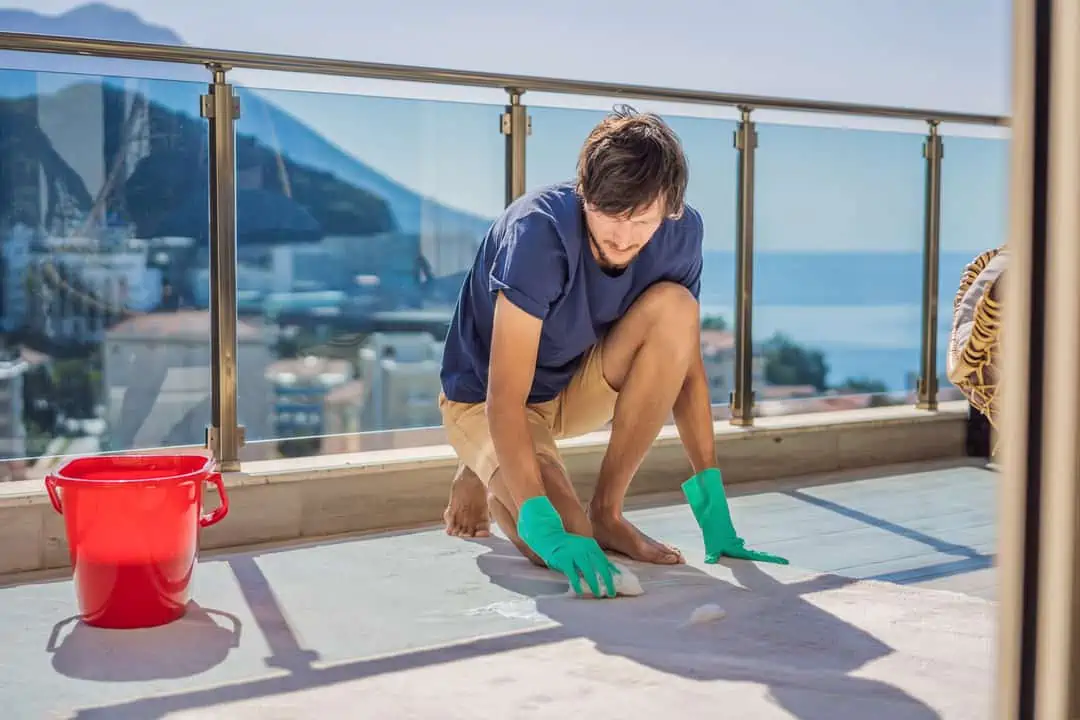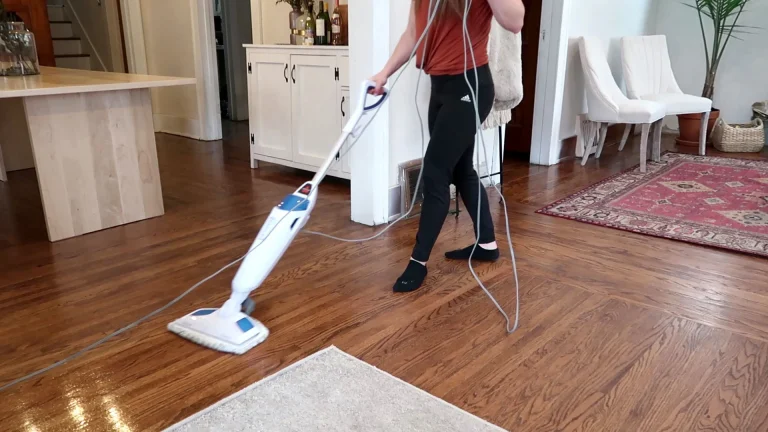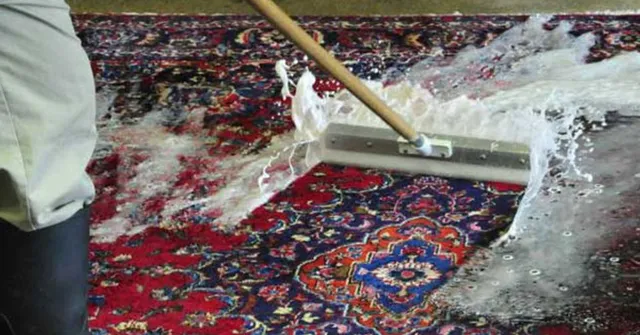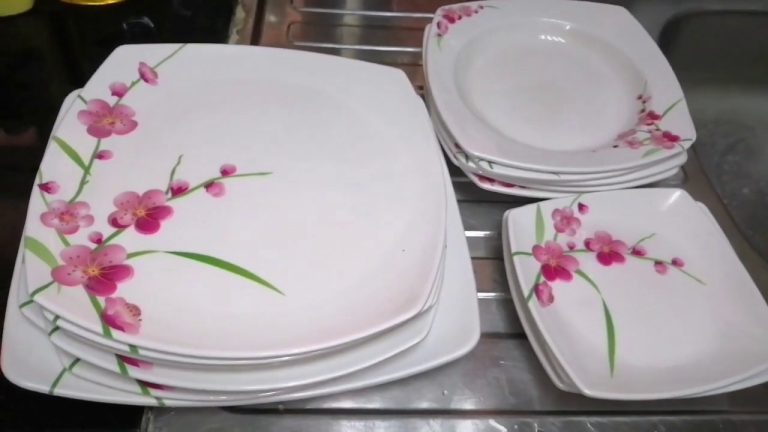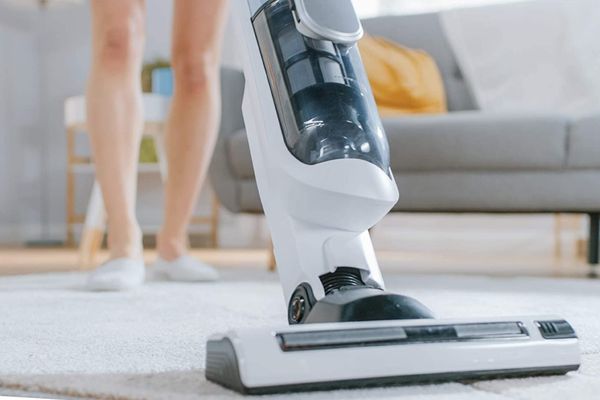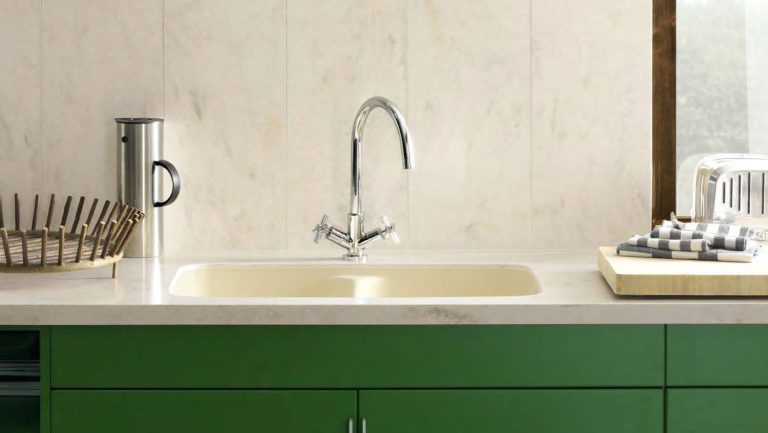How to Clean Balcony Floor Without Water
A balcony is a great addition to any home, offering an outdoor space for relaxation and enjoyment. Unfortunately, the floor of your balcony can quickly become dirty if it’s not properly maintained. Balcony floors can often be difficult to clean due to their location, lack of access to water, or simply because they are made from materials that cannot tolerate direct contact with water.
While there may be some tasks that require professional attention such as cleaning tiles or removing stubborn dirt and stains, there are still many ways you can clean your balcony floor without using water. This article will show you how easy it is to keep your balcony floor looking its best even when you don’t have access to a hose or buckets of soapy water! The first step in cleaning your balcony is to remove all debris such as leaves and twigs which have built up over time.
Using a dustpan and brush can help make this task easier if the area has limited access to large vacuums. Once all visible dirt has been removed from the surface then focus on areas such as corners where cobwebs tend to collect more frequently than other parts of the space. A vacuum with an extension head should be able to reach these hard-to-reach places easily enough whilst ensuring no stray particles remain after sweeping up larger chunks by hand.
- Sweep the floor: Use a broom or dustpan to remove any dirt, debris, and cobwebs from the balcony floor
- This will help ensure that all of the surfaces are clean before you begin cleaning without water
- Vacuum the area: Using a vacuum cleaner with attachments for hard-to-reach areas can help remove remaining dirt and dust particles from your balcony flooring
- Make sure to go over any crevices in grout lines thoroughly so no residue is left behind
- Apply an all-purpose cleanser: Spray an all-purpose cleaner on the surface of your balcony flooring and let it sit for several minutes before scrubbing with a brush or mop head to loosen up any stubborn stains or dirt patches that may be present on your floors
- After scrubbing, wipe down the cleaned area with a damp cloth until the streaks are gone and everything looks shiny and new again! 4 Wipe away excess solution: Use a dry rag to wipe away any excess solution left behind after cleaning has been completed – this will help keep moisture levels low while still leaving behind enough cleaners to prevent future staining or discoloration of your balcony’s surfaces
How to Clean Balcony Without Upsetting Neighbours
Every homeowner knows the importance of keeping their balcony clean and tidy. Not only does it make your home look better, but if you live in a multi-story building, it’s important to keep your balcony clean so as not to upset or disturb the neighbors below. Cleaning a balcony can be tricky, especially if you don’t want to bother those living below.
Here are some tips on how to do it without upsetting them:
Choose Your Timing Wisely – The best time for cleaning is during the day when most people are likely at work or away from home. Avoid noisy activities such as power washing early in the morning or late at night. This will help prevent any noise complaints from neighbors who may still be asleep or trying to relax in their homes.
Use Natural Cleaners – Instead of using harsh chemicals that could potentially irritate neighbors with allergies, opt for natural products like vinegar and baking soda which can effectively get rid of dirt and grime without causing too much disruption. You should also try using a soft brush rather than wire brushes which could damage surfaces including railings, windowsills, etc. creating more noise than necessary!
Wear Appropriate Clothing – Make sure you wear clothes that cover up all exposed skin when cleaning so that no particles come into contact with your body (or anyone else). This includes wearing gloves and masks because airborne dust particles can cause allergic reactions in some people; this way you won’t risk disturbing them with any potential pollutants coming off your balcony while cleaning!
Be Mindful Of Water Runoff – Make sure all water runoff goes into drainage systems instead of spilling onto lower balconies (which could create slippery surfaces).
If possible, use biodegradable soap and rinse agents since they break down easier once they reach waterways and don’t contain harmful chemicals like conventional ones do! Additionally, never pour oil or other hazardous liquids onto balconies – this could result in fines from local authorities if caught doing so! Following these simple steps will ensure that both you and your neighbors have a pleasant experience while maintaining an orderly environment on each floor of the building – happy cleaning everyone!
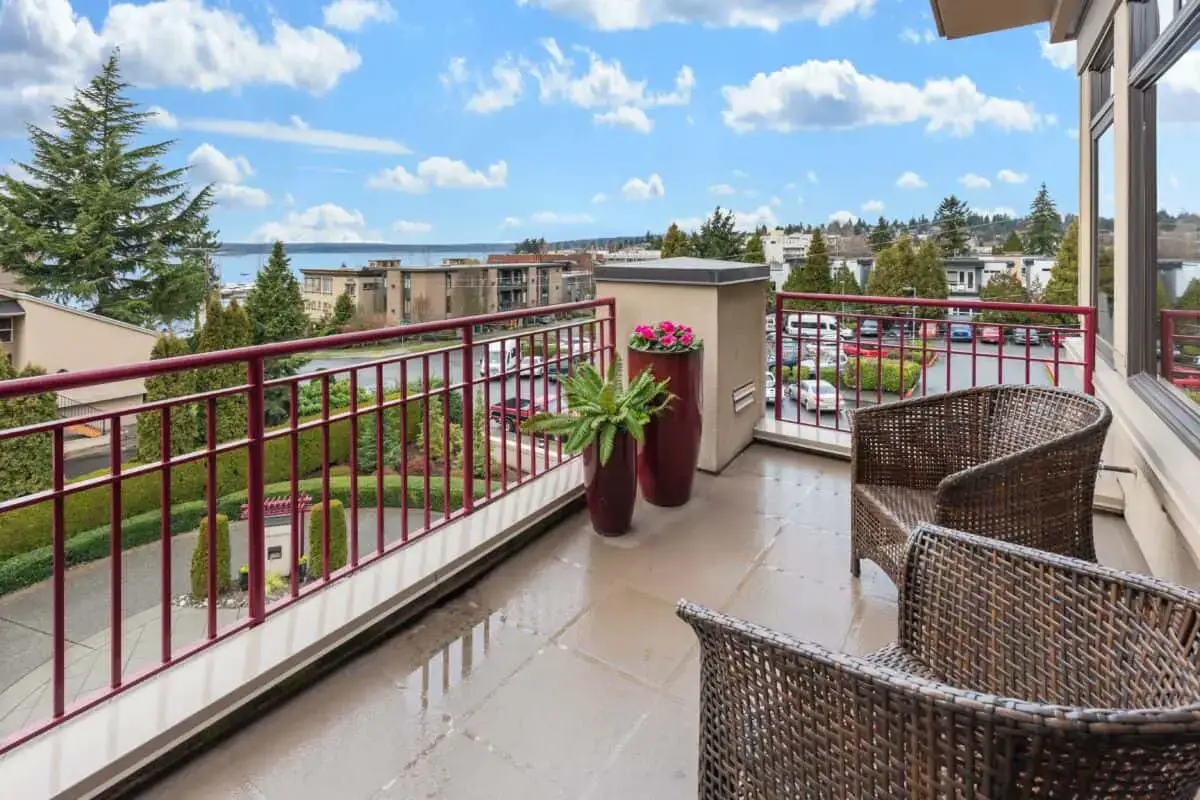
Credit: smallbalcony.com
What Can I Use to Clean My Balcony Floor?
If you’re looking for the best way to clean your balcony floor, you’ve come to the right place. Balcony floors are exposed to a lot of wear and tear from weather conditions and everyday foot traffic, so it is important to keep them well-maintained with regular cleaning. The first step in cleaning your balcony floor is removing any debris that has accumulated on the surface.
Sweep up loose dirt and leaves using a broom or vacuum cleaner before you begin washing the area. For tougher stains, use a pressure washer with an appropriate nozzle setting at low pressure to remove built-up grime without damaging the surface material. Once all of the debris has been removed, it is time to clean your balcony floor with soap and water.
Choose a mild detergent specifically designed for outdoor surfaces such as concrete or stone patios and decks – avoid harsh chemical cleaners if possible as they can damage certain materials over time. Use warm water mixed with detergent in a bucket and scrub down all areas of your balcony floor using either a stiff brush or sponge mop; make sure that any crevices between tiles are thoroughly cleaned too! When finished, rinse off all soap residue by hosing down the space or wiping off excess moisture using microfiber cloths before allowing it dry naturally.
For an extra deep cleanse, consider adding some white vinegar into your cleansing mixture – this will help cut through grease and grime more effectively while also leaving behind an additional layer of protection against future build-ups thanks to its acidic properties! Alternatively, there are several commercial products available for purchase depending on what type of material makes up your balcony (e.g., wood sealant sprays). These can often be applied via a spray bottle or roller brush which may provide better coverage than manual hand washing alone; just remember to always read manufacturer instructions carefully before use!
Overall, keeping your balcony floors regularly cleaned will not only help maintain their appearance but also prevent long-term damage due to exposure from outside elements like rainwater or snowfall – ensuring they look great year round! With these simple yet effective tips in mind, we hope that you have no trouble getting yours sparkling like new once again soon!
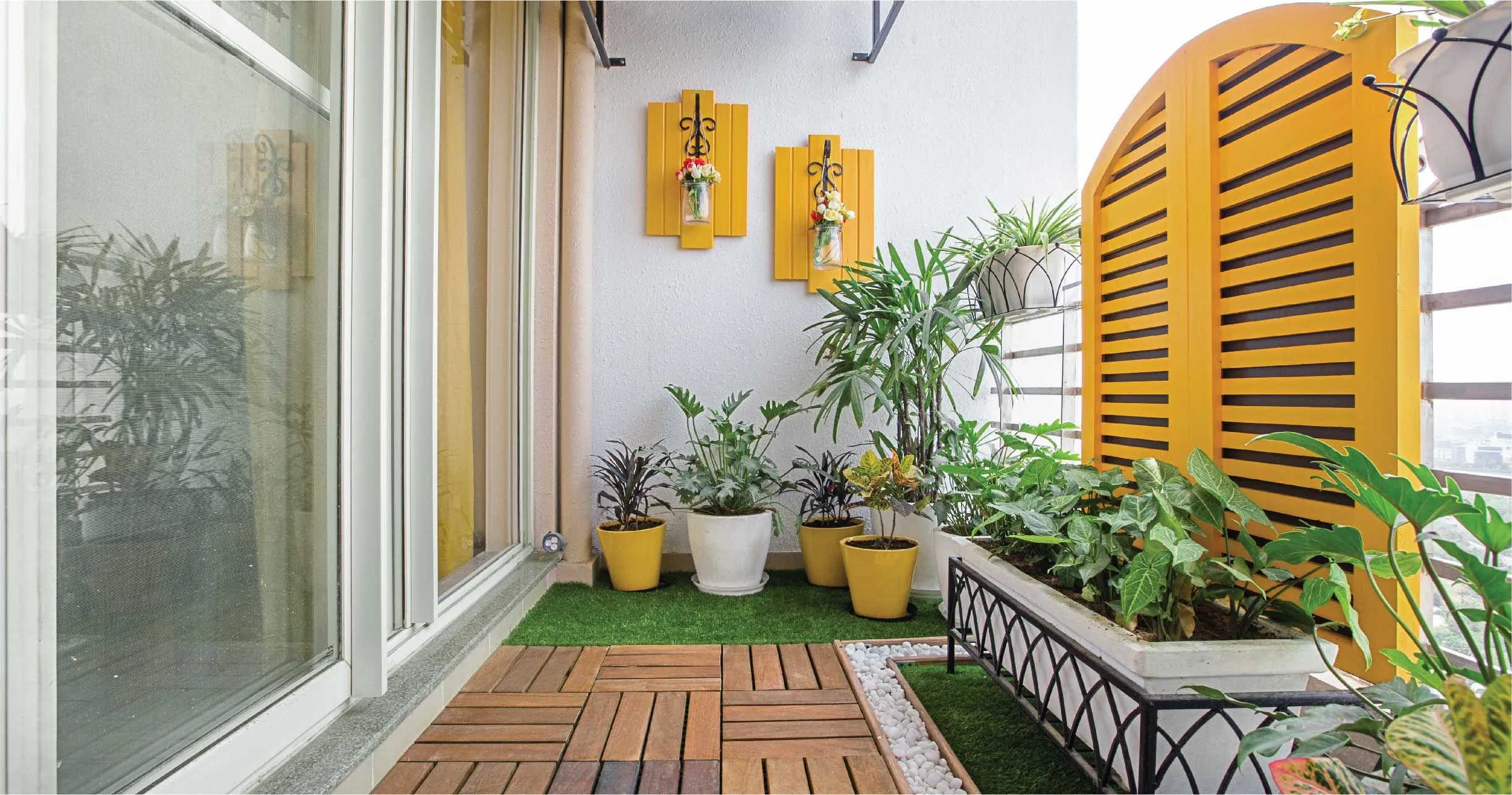
Credit: www.livspace.com
How Do You Clean an Outdoor Balcony Without a Hose?
As spring approaches and the weather gets warmer, it’s time to start thinking about cleaning your outdoor balcony. But what if you don’t have a hose? Can you still get the job done without one?
The answer is yes! Here are some tips for how to clean an outdoor balcony without a hose. The first step in cleaning your outdoor balcony without a hose is to gather all of your supplies.
You will need heavy-duty gloves, soap or detergent, warm water, a scrub brush or sponge, microfiber cloths, window cleaner (for glass surfaces), and buckets for collecting dirty water. Once you have gathered your supplies together it’s time to begin cleaning. Start by sweeping away any dirt or debris that has accumulated on the surface of the balcony with either a broom or dustpan.
Once this has been completed wipe down any hard surfaces such as railings and doors with soapy water and use a scrub brush if needed for tougher stains. Make sure not to forget windowsills and other difficult-to-reach areas where dirt can accumulate over time. For stubborn stains on wood furniture use soapy water along with steel wool pads but be careful not to rub too hard as this could damage the finish of the wood – instead, opt for gentle circular motions when applying pressure onto these areas while wiping down with soapy water afterward followed by buffing dry using microfiber cloths.
Glass surfaces should also be wiped using window cleaner which helps remove streaks easily while leaving behind no residue Finally rinse off all soap suds from surfaces using buckets of warm clean water then allow everything to air dry before replacing any furniture back onto balconies By following these steps carefully you should now have an immaculately clean outdoor balcony – all without needing access to running tap water through hoses!
How Do You Clean a Dry Balcony?
If you’ve been looking out at your balcony recently and noticed that it looks a bit worse for wear, don’t be alarmed. Many balconies take quite a beating over the years due to weather exposure and general everyday use. Fortunately, cleaning your dry balcony is relatively easy if you have the right tools and supplies on hand.
Read on to learn how to clean your dry balcony quickly and efficiently! The first step in cleaning your dry balcony is to gather all of the necessary items: bucket, hose, or spray bottle filled with water, non-abrasive cleaner (such as dish soap), scrub brush, and cloths/rags for wiping down surfaces afterward. You may also want some gloves if you are sensitive to certain cleaners or if there might be any sharp objects lying around that need picking up before starting the actual cleaning process.
Once everything has been gathered together, begin by spraying down the entire surface of your balcony with water from a hose or spray bottle – this will help loosen any dirt or debris from hard-to-reach areas like corners and cracks between tiles/bricks. Next, apply a non-abrasive cleaner such as dish soap onto the surface using either a sponge or scrub brush; work in small circles while scrubbing in order to ensure that all areas get properly cleaned without leaving behind streaks or residue. Rinse off with fresh water after finishing this step then proceed onto wiping everything down with damp cloths/rags until completely dry (make sure there’s no excess moisture left on surfaces).
Finally, make sure that every nook and cranny gets inspected so nothing was missed during cleaning – pick up anything leftover (like leaves) manually before vacuuming away any remaining dirt particles from crevices between tiles/bricks etcetera. Once finished give yourself an extra pat on the back for completing such an arduous task! Your once dull-looking balcony should now appear sparkling clean – enjoy!
How Do I Clean a Balcony Concrete Floor?
Cleaning your balcony concrete floor may seem like a challenging task, but with the right tools and materials, you can make it look as good as new in no time. The key is to use gentle, non-abrasive cleaning methods that won’t damage the surface or leave behind streaks or residue. Here are some steps to help you get started:
- Start by removing any debris from your balcony concrete floor, including leaves and dirt, using a broom and dustpan. Make sure to also check for any oil spots or stains which may require special attention if present.
- Once all of the debris has been removed, mix together warm water with mild soap (or dishwashing liquid). Use this mixture to wash down your concrete floor with a mop or sponge – be careful not to apply too much pressure so as not to damage the surface of the concrete.
- If there are still stubborn stains on your balcony concrete floor after washing them off with soap and water, try applying baking soda mixed with lemon juice onto these areas – let this sit for 10 minutes before scrubbing off with a soft brush then rinsing away thoroughly afterward.
- After cleaning your balcony’s concrete floor it is important to seal it in order to preserve its condition over time – choose an acrylic-resin-based sealant that will provide maximum protection against weather conditions such as rain and sun exposure while also providing slip resistance should anyone need access to it in wet conditions. Apply multiple thin coats of sealer according to manufacturer instructions, allowing each one adequate drying time between applications.
Conclusion
If you want to keep your balcony clean, but don’t have access to water, don’t worry! There are still plenty of ways for you to get the job done without having to use any. Here’s a quick guide on how to clean your balcony floor without using water:
First things first – start by sweeping up dirt and other debris with a broom or dustpan. This will help remove most of the dirt from the surface and make it easier for you to do a deeper cleaning down the line. Once that is done, grab some baking soda and mix it with a small amount of vinegar until it forms a paste-like consistency.
Apply this mixture over your entire balcony floor in an even layer and let sit for several minutes before scrubbing off with an old cloth or brush. Doing this will help lift away tough stains and leave behind a sparkling finish! Finally, if there are any stubborn stains that won’t come out due to lack of water, try using dry cleaning solvent instead as this should be effective at removing them completely. Make sure not to apply too much though as this can damage certain materials such as wood or tiles. And there you have it – just follow these steps above and you’ll have yourself a perfectly clean balcony floor without ever needing water!
